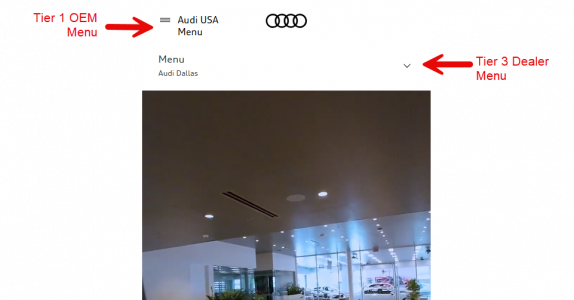- May 28, 2009
- 59
- 19
- Awards
- 3
- First Name
- Brad
We just moved to the new required Audi OEM-built website. It is built on Adobe and they arent supporting Google Analytics or ASC events. Curious if anyone else is in this boat and if they have any advice on building GA4 events manually for these websites.
One of the big features is a seamless integration between tier 1 and tier 3 site, but I'm wondering how i can track that cross platform tracking in GA4.
I thought this might be a place to discuss any issues or questions Audi dealers are having with the new platform.
One of the big features is a seamless integration between tier 1 and tier 3 site, but I'm wondering how i can track that cross platform tracking in GA4.
I thought this might be a place to discuss any issues or questions Audi dealers are having with the new platform.







